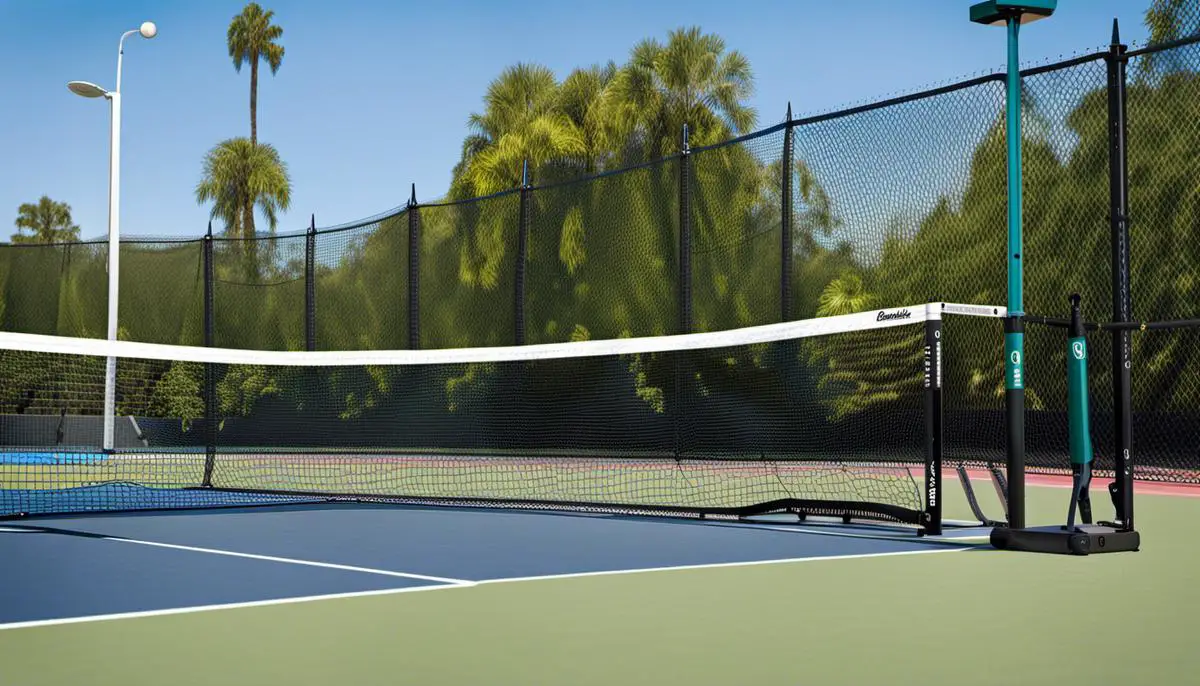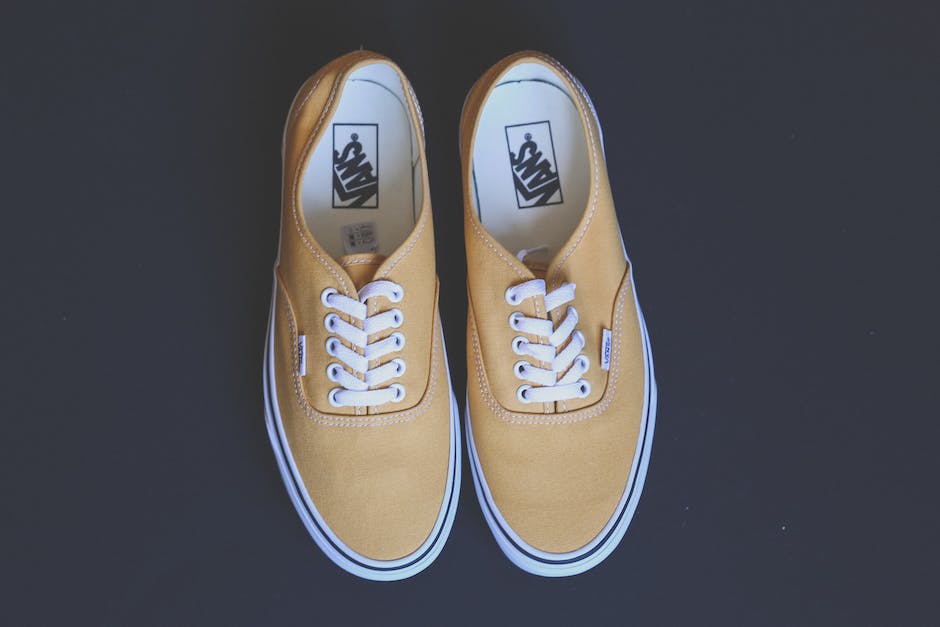Welcome to the enriching world of Pickleball! Unveiling a vibrant spectrum of engaging dynamics, this sport has its aura for both young and mature sports enthusiasts. Grasping the sport fundamentally requires not only understanding the fundamental rules and gameplay, but also mastering the art of choosing the right equipment. It’s remarkably important to know about its history, comprehend the myriad of paddles available, recognize the distinct character of pickleballs, familiarize ourselves with the nets and court specifications, and become well-versed with the recommended attire. So let’s embark on this intriguing journey and become acquainted with the pivotal role the right equipment plays in enhancing your Pickleball experience!
Understanding Pickleball: The Basics and Rules
The Game of Pickleball: A Brief Historical View
Pickleball is a game that combines elements of tennis, badminton, and ping-pong and is noted for its simplicity and excitement. It was invented in 1965 by three fathers – Joel Pritchard, Bill Bell, and Barney McCallum. Originating on Bainbridge Island, Washington, the game was initially created as a summer activity for their children. Today, it has gained international popularity, with many people participating in competitive and recreational play.
Core Game Rules for Pickleball
Pickleball can be played as singles or doubles, with each game played until one team scores 11 points, and there’s a 2 point lead. A major distinctive feature of the game involves the “non-volley zone”, an area 7 feet on both sides of the net, also referred to as the “kitchen.” Players cannot volley the ball (hit it out of the air without letting it bounce) while standing in this zone.
Importance of Appropriate Equipment in Pickleball
The right gear is crucial in Pickleball to maximize performance and adhere to game rules. The primary equipment consists of a pickleball paddle, a plastic ball, and a net. The choice of paddle can have a significant impact on the player’s game. Paddles, which are larger than ping pong paddles but smaller than tennis racquets, are made from various materials such as wood, graphite, or composite.
Pickleball balls are similar to Wiffle Balls, made of durable plastic with holes throughout. They exist in different versions: indoor and outdoor, each designed to respond to environmental elements like wind and flooring surface. Indoor balls are lighter and have larger holes than their outdoor counterparts.
The net used for Pickleball is similar to a tennis net but is adjusted to a height of 36 inches at the sidelines and 34 inches at the center.
How Equipment Affects Gameplay
Pickleball equipment significantly influences the quality of the game. For instance, the paddle’s weight and material can affect a player’s swing speed and ball control. A heavier paddle provides more power while a lighter one offers better maneuverability. Similarly, the type of ball used (indoor or outdoor) can alter the speed and trajectory of play.
The non-volley zone stipulation enforces strategic placement and movement within the court, reducing power smashes common in games like tennis or volleyball, and focusing more on accuracy and finesse.
Understanding the game of Pickleball, its exciting history, rules, and variety of equipment helps individuals to appreciate the game more intimately. This depth of understanding can contribute greatly towards refining one’s performance while playing.

Choosing the Right Pickleball Paddle
Materials Used in Pickleball Paddles
Pickleball paddles are typically constructed from either wood, graphite or a composite material.
Wooden paddles are the most affordable option and make an excellent choice for beginners. However, their heavy nature can be a hindrance during prolonged play.
Composite paddles, on the other hand, are slightly more expensive but provide a well-balanced combination of power and control. These paddles are made from a mix of materials like polymers, fiberglass, and aluminum, giving them a unique feel on the court and affecting their performance.
Graphite paddles, known for their high responsiveness and light weight, are considered premium equipment. They offer outstanding maneuverability and striking power, making them a preferred choice for experienced and competitive players.
Types of Paddles
Pickleball paddles come in different shapes and sizes. The most common shapes are Wide-Body, Oversize, and Long-Reach or ‘Blade’ paddles.
Wide-Body paddles are the most popular and are suitable for most players as they have a large hitting surface, providing a good balance between power and control.
Oversize paddles have a larger width, giving them an extended sweet-spot for striking the ball. They are excellent for beginners due to their generous hitting area, but their larger size often means they are heavier.
Long-Reach or ‘Blade’ paddles are narrower and longer, allowing better reach on the court but requiring more precision when hitting. They are usually preferred by more skilled or competitive players.
There are also paddles with an elongated or ‘teardrop’ shape. These designs allow for better reach and more power at the expense of a smaller sweet-spot.
Factors to Consider When Choosing a Paddle
When choosing a pickleball paddle, it’s important to consider several factors, including weight, grip size, and balance.
Weight plays a crucial role in a paddle’s performance—lighter paddles offer more control and are easier to handle, whereas heavier paddles provide more power for your shots but can make your arm tired faster. Most paddles weigh between 7 to 8.5 ounces.
Grip size is another critical factor. The paddle grip should comfortably fit in your hand. The correct grip size enhances comfort, reduces the risk of injury and increases paddle control.
Paddle balance signifies whether the weight of the paddle is distributed towards the handle (head-light), evenly across the paddle (even-balance) or towards the head of the paddle (head-heavy). Head-light paddles offer more control, whereas head-heavy paddles provide more power.
Choosing your Pickleball Paddle: Personal Play Style and Skill Level
The choice of a pickleball paddle can often be a reflection of a player’s personal playing style and skill level. It’s an imperative factor that contributes to how a player performs on the court.
If you’re a player who leans towards aggressive power play, a paddle that’s heavier and head-heavy, with a larger sweet-spot might be your best bet. On the other hand, defensive players who value control over power may gravitate towards a lighter, head-light paddle with a smaller sweet-spot.
The skill level also plays part in selecting the right paddle. Beginners might find a heavier, less expensive, wood-based paddle helpful to get a grip on basic shots due to its durability. As they advance, switching to different types and materials to match their evolving gameplay can be beneficial.
Seasoned players typically favor composite or graphite paddles for their blend of control and power, and the plethora of shapes and sizes available. They often possess an array of paddles, each with distinctive characteristics suitable for varying game situations.

Understanding Pickleball Balls
Navigating Pickleball Balls: Understanding Design and Unique Traits
Pickleball balls, specifically engineered for the sport, can be easily recognized from balls used in similar racket sports owing to their peculiar characteristics. These balls are lightweight, tough, and hollow from inside, sharing a close resemblance to a whiffle ball. The unique design is adorned with numerous round holes, typically between 26 and 40, assisting in maintaining a slower and stable flight path.
Despite sharing similarities with tennis balls or badminton shuttles, what sets pickleball balls apart is their resistance to wind and air, contributing immensely to flight reliability. The solid yet lightweight design affords intense, repetitive play, making them perfectly suited for the sport of pickleball, a fascinating mixture of tennis, ping pong, and badminton.
Types of Pickleball Balls Available
There are two main types of pickleball balls: outdoor and indoor. Outdoor pickleball balls have smaller, but more numerous holes, ranging typically from 40 to 48, while indoor balls have bigger, but fewer holes, numbering between 26 and 32. This difference is due to the varying playing conditions. Outdoor balls are designed to withstand windier conditions and harder surface play, while indoor balls are made for use in less windy conditions and softer court surfaces.
The balls also differ in weight. Outdoor balls are heavier, weighing around 0.88 ounces (25 grams), which again helps them remain steady in windy conditions. Indoor balls, on the other hand, are lighter in weight, around 0.81 ounces (23 grams), perfect for their environment with no wind affect.
An Overview of Choosing the Ideal Pickleball Balls Based on Skill Levels and Playing Conditions
Your choice in pickleball balls can significantly enrich your play experience, and this typically depends on your skill level and playing environment. Outdoor balls are most suited for high-intensity outdoor games or tournaments, whereas indoor balls, with their slower pace offering enhanced control, are perfect for recreational indoor playing or beginners.
Brand preference also influences play. For instance, the Dura Fast 40 is recognized for its pronounced bounce and weighty feel, marking it as an excellent choice for competitive games. On the contrary, brands such as Jugs Lime Green provide a gentler touch and slower bounce, which can be handy for beginner-level playing or training sessions.
One may also consider the color of the ball. Bright or neon colors are often preferred due to their high visibility in both outdoor and indoor courts.
One cannot discount the importance of durability when deciding upon the balls. The recurrent hitting against paddle surfaces and rough courts can wear out the balls. Thus, choosing durable brands can minimize regular replacement costs and provide a superior play experience.
Summing it all up, the key to choosing the right pickleball ball lies in assessing various aspects, such as your skill level, playing location, brand choice, visibility, and robustness. A well-considered selection can significantly raise your game.

Pickleball Nets and Court Equipment
Understand the Standard Dimensions and Construction of Pickleball Nets
Alongside the ball, the net is a vital ingredient of the pickleball game. The regulation pickleball net size is 21 feet 9 inches wide and stands 36 inches tall at the sidelines, which decreases to 34 inches in the middle. This small dip in the middle ensures fair play by averting irregular or unexpected ball bounces. Pickleball nets typically have a mesh size between 1-3/4 inches and are constructed with durable and weather-resistant materials such as nylon or polyester honeycomb mesh netting.
The top edge of the pickleball net requires a 2-inch white band for enhanced visibility. This band should be made from a durable material like vinyl. Additionally, the net should extend securely from two posts located just beyond the sidelines, with these poles not exceeding 73 inches in height.
Durability of Pickleball Nets
Pickleball nets undergo constant vigorous play, so they need to be durable to withstand the interactive, fast-paced gameplay. Therefore, it’s crucial to choose a high-quality net that is durable and tear-resistant. Weather-resistant materials like vinyl and polyester used in the making of the net help to withstand the elements if the net is often left outside. The net should also include a high-quality cable or durable nylon tie-downs for extended longevity.
Importance of Quality Court Lines
Another vital aspect of pickleball equipment is the court lines. These boundary markers play a vital role in the game as they determine whether a ball is in or out of play. To ensure seamless gameplay, the court lines should be of high quality and adequately visible.
Traditionally, court lines are marked with highly-durable, vibrant yellow tape that has strong adhesion to the court surface but is also easy to remove if needed. The tape should be 2 inches wide to cater to the official court size of 44 feet by 20 feet.
Caring for Your Pickleball Court and Equipment
Proper setup and regular maintenance is key to extending the life of your pickleball equipment. For example, when installing the net, ensure it’s tightly bound and sturdily anchored to prevent sagging or collapsing during play. Following games, it’s advised to remove the net from direct sun exposure and fold it neatly – doing so can increase its longevity.
It’s also critical to regularly inspect the court lines for any signs of peeling or fraying that could potentially interfere with play. In order to maintain visibility and uphold the precision of games, consider reapplying tape to the lines on a periodic basis.

Footwear and Clothing for Pickleball
Choosing the Right Footwear for Pickleball
Footwear selection is an important part of being equipped for pickleball, as the sport calls for quick, alternating movements. Optimal shoes should offer robust lateral support to guard against possible ankle sprains, which may occur without it. For outdoor play, footwear with sturdier soles and materials designed to handle tough tennis court surfaces are ideal. On indoor courts, choose pickleball shoes with gum rubber soles for enhanced traction on wood surfaces.
Regarding materials, breathable options such as mesh, can help keep feet dry and cool during play. Insist on a shoe design featuring midsole padding for shock absorption to ensure comfort. Added cushioning at the heel can also mitigate impacts to the rear of your foot.
Pick the Right Shoe Size
Getting the right shoe size is paramount, not just the length of the shoe, but also the width. When trying on shoes, ensure there is about a half-inch of space between your longest toe and the end of the shoe to avoid toe damage. Check for proper width to prevent discomfort or blisters; if the shoe is too tight, it can constrict and cause pain, while a too loose fit can lead to tripping or instability. Always try the shoes on and walk around in them before buying.
Clothing for Pickleball
Clothing options for playing pickleball are endless, ranging from sport shorts to wicking skorts, tank tops to performance tees. Comfort should be your top priority. Pickleball requires a lot of movement, hence, clothing that is too tight can limit your range of motion, while too loose clothes can hinder your performance by getting in the way.
Utilize clothing with moisture-wicking technology, which helps pull sweat away from your body, keeping you drier and more comfortable during play. Additionally, consider clothing with built-in sun protection for outdoor play to safeguard your skin from harmful UV rays.
Proper Attire Etiquette
While pickleball attire is usually casual and comfortable, some private clubs or facilities may have specific dress code policies in place. It’s always a good idea to check for any dress code regulations before arriving at a court, especially if it’s a club or venue you haven’t played at before.
Accessories for Pickleball
Consider accessories such as hats, visors, or sunglasses for outdoor play to protect your eyes and skin from sunlight. Using protective eyewear can also prevent potential eye injuries from pickleball. Gloves can provide a better grip, prevent blistering, and offer extra wrist support. The use of compression gear, including elbow, knee, and calf sleeves, can help improve blood circulation, provide extra support, and prevent possible injuries.
Remember, the key is to invest in quality pieces of equipment that offer comfort, flexibility, and support to make your pickleball gaming experience superior and injury-free.

Armed with this comprehensive information on Pickleball equipment, you are better positioned to make informed choices and elevate your game to a whole new level. From choosing the ideal paddle attuned to your playing style, understanding the distinct makeup of Pickleball balls, grasping the importance of nets and court specifications to donning the comfortable and safety compliant clothing, every aspect plays a significant role in shaping a memorable Pickleball experience. Remember, the right gear doesn’t just boost performance and comfort, it also goes a long way in preventing injuries and facilitating a more enjoyable game. Here’s to many exciting Pickleball matches in your future, graced with the perfect equipment!